The CSIRO and Bureau of Meteorology have vast sets of data and information, and deep knowledge, relating to Australia’s changing climate. As Australian businesses and communities seek to address the challenge of climate change, they need to access the science to obtain the insights they need. Energetics has collaborated with CSIRO previously to help the Commonwealth Bank of Australia (CBA) understand the climate risks posed to their agricultural loan book out to 2060. In our podcast, Energetics’ Dr Peter Holt, General Manager, Strategy and Policy speaks with Dr Nick Wood, Associate and physical climate risk expert, and asks him about the value that can be unlocked in accessing Australia’s extensive climate change scientific resources.
What insights can business gain from engaging with climate science?
The need for a national climate capability is developing for many reasons but is particularly driven by growing pressure from global financial markets. Investors are requiring governments and businesses to act on the risks arising from our changing climate. We’ve seen this with the global Financial Stability Board’s guidance for disclosing climate risks for business, through to the statements of Blackrock’s CEO Larry Fink about investment risk, as well as the whole narrative of the G20 central banks, particularly the UK Bank of England. Globally big money wants to know where the risks lie, how well they are understood and whether they are effectively managed. They also want to know where the opportunities can be found. Domestic businesses want to show the world that Australia is a safe place to invest, knowing that the bushfires created a ripple through the global finance community about potential climate risks. Essentially Australia needs to develop a strategic capability to respond to global financial questions.
What are Australia’s sovereign climate risks?
Think about the work of groups like Moody's and Standard and Poor’s which are seeking to understand how climate risks impact credit ratings for Australian state government borrowings. Take the Queensland economy as an example. Qld has very clear clusters – tourism, farming, mining. There are risks to industries from extreme weather events, drier conditions in some areas and hotter temperatures generally. There are clusters of economic activities and every one of those clusters has risks. Looking at Queensland as an aggregate and then thinking about Queensland borrowing money from the global capital markets via treasury bonds over 20 to 30 years, then you see risks emerging and impacting value. However, it is important to say that while Australia has sovereign risks relating to climate change, they are manageable with enough focus, trusted sources of information, effort and enterprise. But action needs to be taken now to understand those risks and adapt.
How well understood are the physical risks of climate change?
There are sector experts and climate advisors like Energetics who have a comprehensive understanding. However, across ASX boardrooms and state treasuries, I would characterise the understanding of climate risks as ‘hit and miss’. In many of our current engagements with ASX listed companies we see a learning curve. For some, it is a very steep learning curve.
Take for example, this summer’s catastrophic bush fires. Why were they such a shock? We knew a disastrous season was coming. We were warned by the experts. But there was shock because no one had imagined it happening. We need to answer the questions, how bad is this going to get and what can we do about it?
Energetics finds that we get into educational-type conversations quite early on in projects. This is where CSIRO’s or the Bureau of Meteorology’s climate capability is so vital. This is hard work and the implications of our changing climate are profound. Australian businesses need robust data, access to climate science and experienced advisors to understand and manage their risks. They also need to know what their business will look like in the future, the investments needed in adaptation, and how their product and service offerings need to change and evolve.
How do we manage uncertainty?
There is guidance for managing uncertainty. Look at how central banks across the world are addressing this issue. In Australia we have the Carbon Measurement Standards Initiative, involving climate scientists and insurers and focussed on addressing uncertainty. They are considering what we know, what don’t we know, where should we explore scenarios and what models need to be developed. What we get to are categories of uncertainty. For instance, we know it's getting hotter and in that we have a high level of confidence. The occurrence of droughts or fires carry less certainty, and then there are aspects such as flooding events with more significant scientific uncertainty.
However, with uncertainty, stress testing or scenario analysis can be used. While you don't know what's going to happen, you can apply a stress test and explore the worst outcomes using scientific information - to understand how sensitive the business is to a worst case scenario. People are deterred by uncertainty; however, there are insights you can gain. Critical to conducting these stress tests, however, is having the capability to make those assessments.
You said we know that we are going to get a hotter, drier environment. What else do we know? And what are the challenges that businesses must overcome to engage with this information?
Australia is lucky as we are well resourced. We have been able to understand changes in our climate from observational records and we have been able to assess the current climatic changes which are starting to manifest and impact business.
Also, and this is the multiple lines of evidence approach taken by climate scientists, if we look to basic physics, we see that much heavier, shorter duration rain is what the theory predicts because warmer air creates more water vapor and, in turn, heavier rain. You can build up these ‘knowns’ from pretty basic science.
If you consider more uncertain territory, and explore big questions, such as what the changes in rainfall, particularly in Northern Australia, will look like, we strike challenges because we don't know how El Nino will respond to climate change. However, if that is unknown but you're already observing increased rainfall volatility, that's the risk you work with. You don't have to know what the outcome will be to know that there’s a risk and there will be impacts. What is needed is the capability – the skills and resources - to be able to work with that type of information, draw out the conclusions and determine the risk management approach. That is the important point to understand.
Why is building climate capability so critical now?
We are already are feeling the effects of climate change. There is a clear recognition that this is a problem and businesses are coming under increasing scrutiny both in what they know about their risks, and in how they plan to mitigate these risks. The questions they're being asked are becoming more insightful. Investors are becoming more knowledgeable. It's a virtuous circle.
For the business leaders I have spoken with, there’s genuine concern over what they're starting to see and uncertainty as to how to respond. There is also a younger cohort of managers who have a genuine desire to address climate risks. Comments tend to move from “I don't really understand this” where people thought it wasn't that hard, to knowledge that the challenges are profoundly difficult and that new skills, new insights and new strategies are needed.
If you're a member of a board, what questions should you be able to answer?
My top three would be:
- What are the financial impacts to the business over the short (3-5 years) and long (30-50 years) term? What is the impact on the valuation of the business? Have you stress-tested your business under a range of scenarios?
- Has the physical risk assessment been conducted using CSIRO’s latest climate projections?
- What is the business’ trajectory according to a Science Based Target?
What questions should executives be able to answer?
Critical questions would be:
- Have the financial impacts of climate risks been assessed considering; domestic policies, export markets and latest climate science projections?
- How are these risks managed and mitigated? What opportunities arise?
- How is the company positioning in a rapidly evolving marketplace?
- What are the impacts on employees?
What are the next steps you should take?
Apart from contacting Energetics, be awake to the fact that there's much you probably don't know, and there's a lot of information now available. So whether you choose to access Australia’s vast climate science and data or whether your investors do as part of an exercise in ‘hostile analytics’ to understand your risks, these assessments are going to happen and you need to get in front of it.



